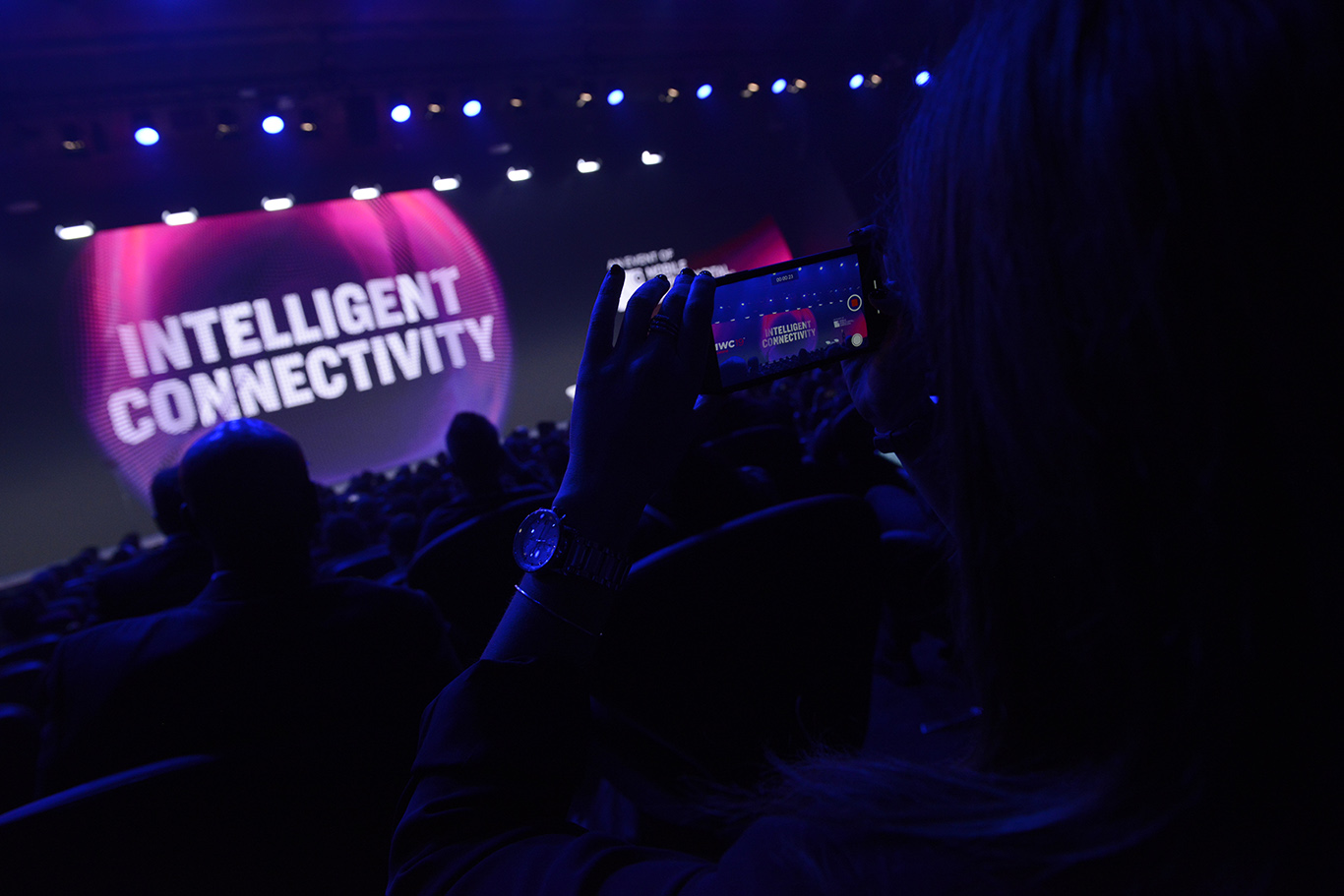
The great and the good of the telecoms industry descended on Barcelona at the end of February for this year’s MWC. The tech hype that surrounds this landmark event is hard to miss, but still, it was clear from the many delegates that we spoke to that marketers are primarily focused on addressing their current business challenges.
The frequency and regularity that new channels, platforms and devices are released (such as amazing folding handsets and increased capabilities offered by 5G) present marketers with fresh opportunities for consumer engagement, but they do not solve the pre-existing challenges of customer journey mapping and measuring return on investment from their mobile (and wider) marketing strategies.
So what are the headaches marketers are looking to solve?
Communicating based on the consumer journey
As consumers engage with brands on multiple devices, jumping from mobile to tablet to laptop, marketers have found it extremely challenging to get a clear picture of their behaviour. With the number of consumer touchpoints being six times higher than in 2014, now more than ever, marketers need actionable insights to be able to make smarter, more enlightened decisions about how their media spend translates to real value and impacts the ways consumers interact with their brands. With that, companies recognise that a richer, more holistic understanding of customer engagements across all touchpoints is crucial in order to communicate with customers at the right time in the right context. A unified view of the consumer journey – no matter the channel, platform, or device, both online and off – is critical for enabling more effective conversations with audiences throughout the digital landscape.
Ensuring holistic attribution
The proliferation of connected devices like OTT present new opportunities that marketers are eager to explore, while raising new challenges when it comes to holistic measurement.
Traditionally, many brands have related to new channels and platforms available in their marketing-mix as a standalone data-layer, as opposed to connecting these new insights together for a more comprehensive perspective. This subtle difference has resulted in a fragmented approach to consumer interactions and siloed data, preventing brands from determining the true consumer conversion path. It also leaves marketers heavily reliant on their data-analyst and business intelligence counterparts in order to make fully informed decisions.
Given the ubiquity of mobile devices, and our addiction to them, the cross-platform user journey almost always starts with mobile. Mobile continues to be the connective tissue driving interactions across the evolving digital landscape. Brands have recognised this and are overcoming previous limitations and siloed data analysis by utilising their mobile attribution data streams, and connecting the dots back to web and offline.
This ultimately delivers accurate, actionable, metrics marketers and advertisers need for greater transparency to optimise spend against targets and maximise cross-channel dollar spend. Advances in people-based attribution will also further empower marketers to go from insights to action more efficiently.
The rise of fraud
Marketers are still threatened by fraud and continue to combat it. When marketing budgets increasingly shifted to mobile and app development, mobile fraud activity also evolved. What were once basic and easy-to-detect fraud tactics have now become scalable and highly sophisticated. Marketers have looked to increase their understanding into the various fraud-types that can significantly impact their budgets and pollute the data used to make important business decisions.
The “ugly truth” remains that fraud has some brands attempting to reconcile competing internal interests, which can result in bleeding cash-cycles. Fortunately, advances in machine learning, AI and innovations in anomaly detection are helping to block significant amounts of fraud across the mobile ecosystem. Concurrently, brands have become more aware of the need to stay vigilant and educated on the latest exploits by bad actors — and the ways to defend against them.
Back to business
2019 is shaping up to be an exciting year for marketers, and those with a passion for mobile will have found it hard not to be excited by the announcements and atmosphere at MWC. The weeks after bring us back to reality, where marketers can rethink the opportunities and challenges that exist in the current climate, while planning to leverage advances in mobile technology as they look to gain that competitive advantage.
Picture credit: (C) GSMA
 Interested in hearing leading global brands discuss subjects like this in person?
Interested in hearing leading global brands discuss subjects like this in person?
Find out more about Digital Marketing World Forum (#DMWF) Europe, London, North America, and Singapore.





